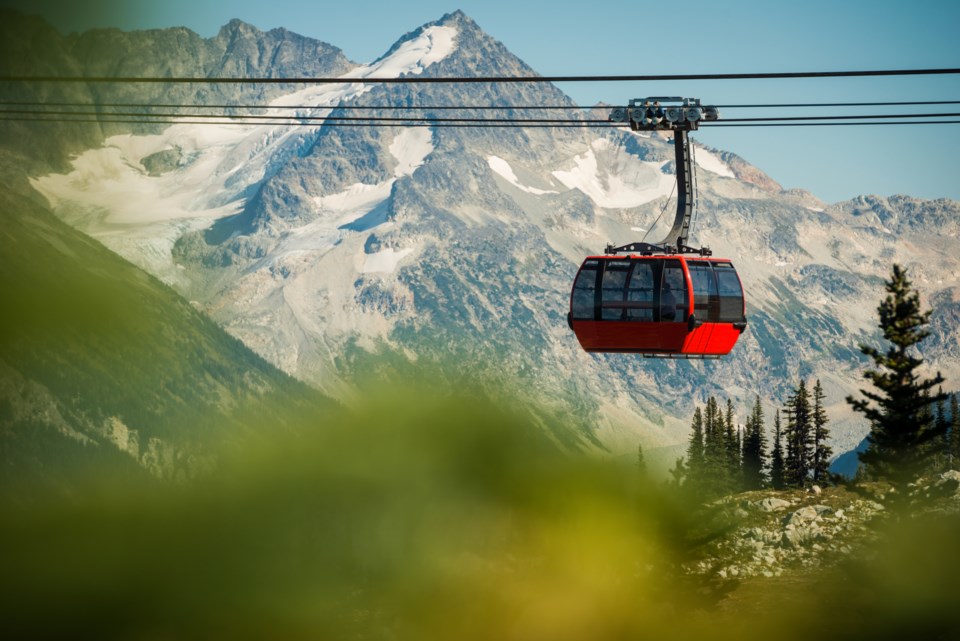Vail Resorts saw a solid third-quarter profit this year—even as skier visits dropped off late in the season—thanks to strong spending by passholders and an increase in season pass prices.
The Colorado-based ski resort giant, which owns Whistler Blackcomb and more than 30 other North American hills, reported net income of $392.8 million for the three months ending April 30, up from $362 million during the same time last year.
Revenue from lift tickets was up 3.3 per cent overall, mostly due to a 5.5-per-cent increase in season pass revenue. But revenue from people who bought single-day tickets was flat, and total visits to North American resorts were down about seven per cent during the quarter.
“In March and April, destination visitation among pre-committed passholders improved as expected. However, visitation from uncommitted lift ticket guests was below expectations,” said CEO Rob Katz in a press release issued by Vail Resorts.
Spring was slower than expected, so the company is lowering its forecast for the full year. Vail now expects to bring in between $264 million and $298 million in profit for the year, down from earlier estimates. That includes about $15 million in one-time costs for a two-year resource efficiency overhaul and another $9 million in costs tied to the recent CEO transition. Katz took over as CEO for Kirsten Lynch this spring.
Pass sales for the upcoming 2025-26 ski season are slightly behind last year in terms of units—down one per cent—but up two per cent in total dollars. That’s partly due to a seven-per-cent price hike and continued interest in the lower-cost Epic Day Pass option, according to Vail Resorts.
Katz said sales were strong among renewing passholders, but newer customers appeared to delay their decision.
Spending by guests who did show up remained strong. The company said people spent more per visit at its restaurants and ski schools, even as overall guest numbers declined. That helped keep earnings steady.
Whistler Blackcomb’s performance isn’t broken out on its own in the report, but currency exchange rates did affect its revenue slightly. Vail Resorts used a fixed rate of CAD$0.73 to US$1 to smooth out year-over-year comparisons for the Canadian resort.
Meanwhile, the lodging side of Vail Resorts’ business—hotels and condo rentals—had a tougher quarter, with revenue down 4.3 per cent and earnings falling 22 per cent compared to last year. The company said that was due to fewer condo units available for rent and lower demand from destination skiers.
Looking ahead, Vail is investing up to $254 million this year in capital projects, including a new gondola at Park City, upgrades in Switzerland and Australia, and improvements to its My Epic app—adding more AI features to help guests plan their days.
The company also declared a quarterly dividend of $2.22 per share and expanded its stock buyback program.
“Overall, the results demonstrate the strength and resilience of the Company's business model, supported by its expansive resort network and loyal guest base, even as the Company's western North American destination resorts experienced a decline in visitation, with outsized impacts from a decline in lift ticket guests,” said Katz.




